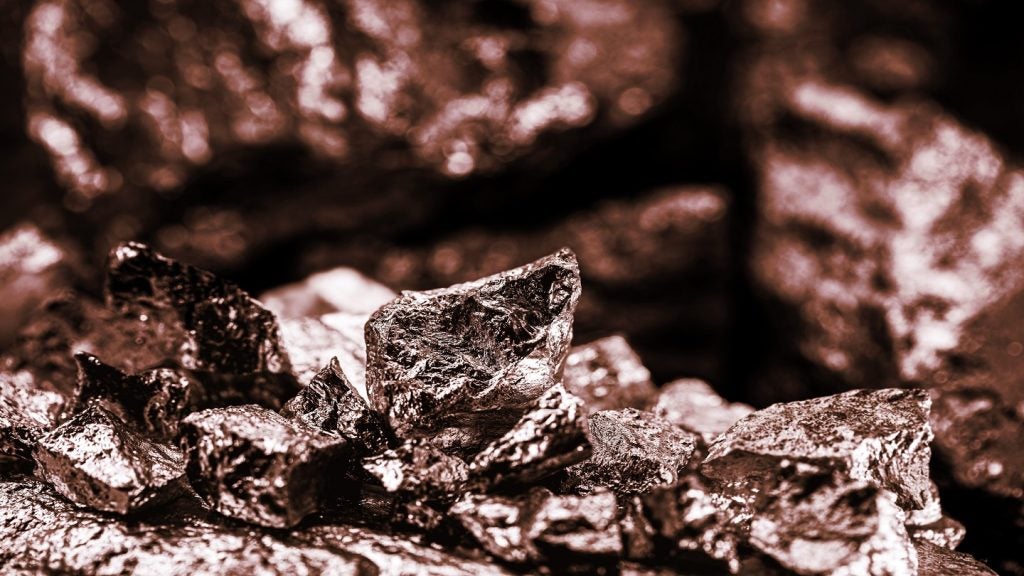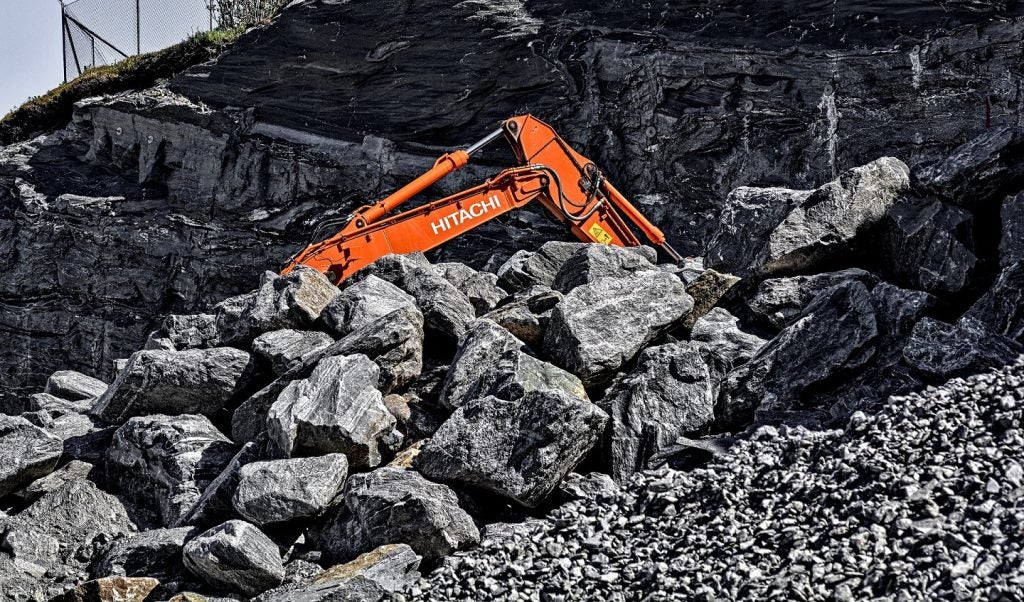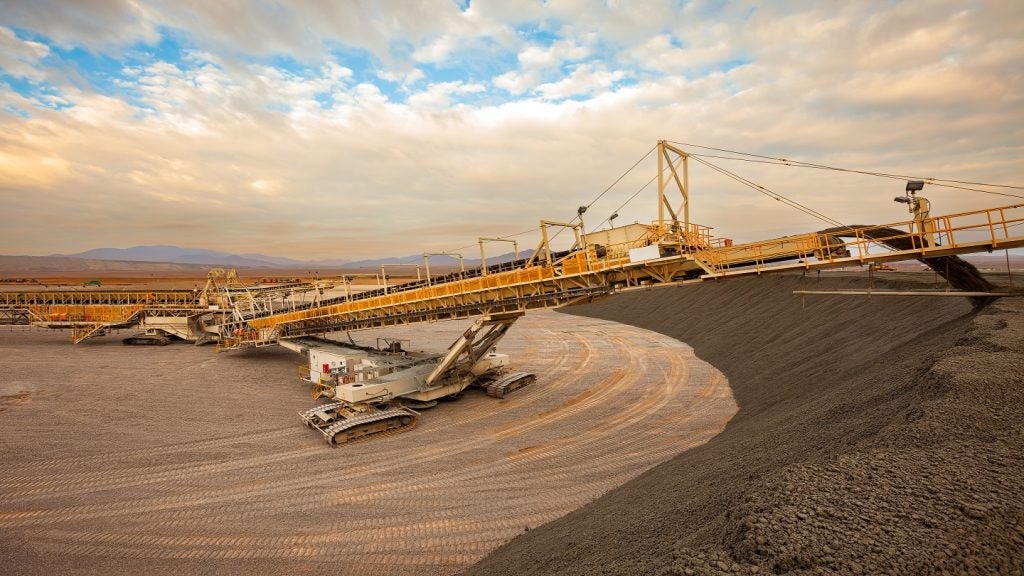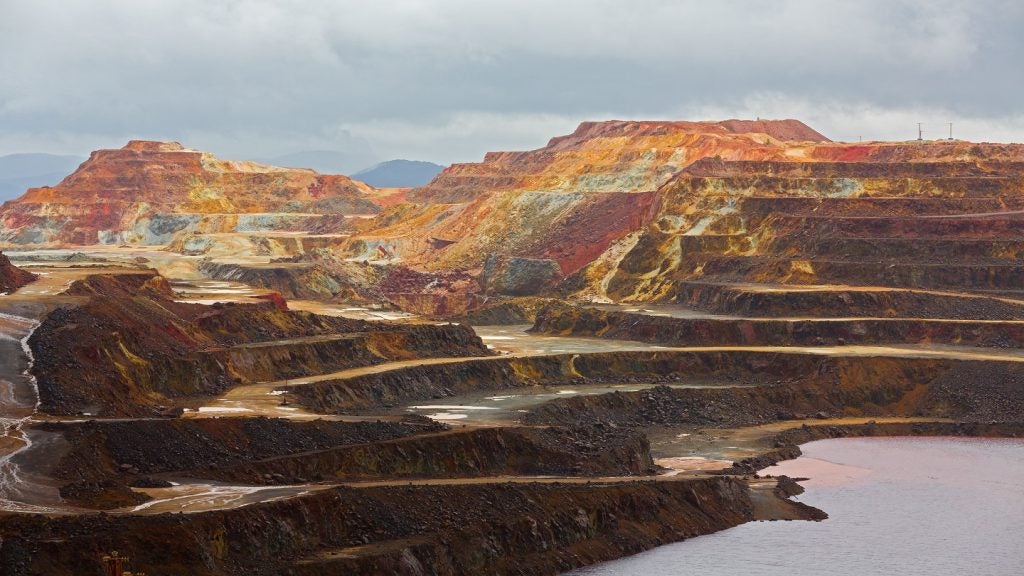

On 1 April, an earthquake measuring 8.2 on the Richter scale struck just off the northern coast of Chile, creating 2mtwo-metre-high waves that pounded the shore of the Andean state. The event prompted significant fears, with the government moving to evacuate the northern coast and classing it as a disaster zone, believing that the worst was yet to come. As families from across the affected area fled south, miners at the Glencore Xstrata and AngloAmerican-operated Collahuasi mine, the third-largest copper mine in the world, were also evacuated over concerns that the trail of destruction was heading its way.
On 2 April, those fears abated as, one-by-one, the tsunami warnings were removed. People quickly returned to their homes, and mining operations in the region resumed after safety inspections had been completed. The disaster took six lives, caused by collapsing walls and heart attacks, and prompted an opportunistic prison break and a number of incidents of looting, but the overall physical impact was far less serious than originally feared. Economically, the physical disruption from the event was mirrored thousands of miles away on the London Stock Exchange, the global price of copper rising for three weeks as fears peaked, and then stabilisingto a three-week high as fears they peaked and stabilising as they abated.
Economic tremors felt far away
While significant fluctuations in commodity prices are sometimes down to butterfly effect-like logic, this occurrence was far less complex. Chilean copper supplies were under threat, therefore global copper supplies were under threat, because Chile, with its 24% share of global copper supplies, leads the world in copper. Had disaster actually struck the Collahuasi site, or had the impact been felt further south, or at the Chuquicamata mine, the world’s largest, the global economic shock would have been profound.
That operations returned to normal so quickly after the earthquake was largely down to the fact that the country and its mining industry are well-schooled in dealing with such events and have developed an in-built resilience, meaning that normality is usually restored quickly. But earthquakes and tsunamis are not the only issues that threaten to destabilise Chile’s – and by extension the global – copper market.
See Also:
Digging deeper
Mexico’s organised crime epidemic has infiltrated the mining industry to an unprecedented extent.
How well do you really know your competitors?
Access the most comprehensive Company Profiles on the market, powered by GlobalData. Save hours of research. Gain competitive edge.

Thank you!
Your download email will arrive shortly
Not ready to buy yet? Download a free sample
We are confident about the unique quality of our Company Profiles. However, we want you to make the most beneficial decision for your business, so we offer a free sample that you can download by submitting the below form
By GlobalDataWhile Chile is home to the largest supply of copper in the world, and the Chuquicamata has richer reserves than any other mine, actually extracting it all is no easy feat. The mine, which is colloquially known as ‘Chuqui’, has been operating for centuries – this was confirmed in 1899 by the discovery of a mummified corpse dated around 550AD in a mining shaft – but only has a limited lifetime at its current stage of development.
In 2013, CODELCO, the Chilean state-owned mining company that operates the site, announced that as things stood, available resources of copper would cease to be productive beyond the next 10ten years. As a result, the company has launched an ambitious project to transform Chuqui from an open pit mine into a $4.2bn underground operation that, at full capacity, will put out 140,000 tonnes of copper a day; currently the output of the mine is just over 525,000 tonnes a year.
The development project will see four 1,500km underground tunnels dug under the surface of the mine. Expected to cost $2bn, operations are planned to start in 2018 with an expected output of 120,000 tonnes a day. Upon full completion, estimated to be achieved in 2060, the mine will be deepened by approximately 787m metres. The project is the biggest challenge ever undertaken by CODELCO and one of the most ambitious in the history of the mining industry, so success is by no means assured, yet it is vital if Chile is to maintain its dominance of the copper market.
Looting and vandalism
Criminal enterprise and vandalism have also complicated the steady extraction of copper in Chile, with looting of materials and equipment a common disruption across the country. Earlier this year, Anglo American was forced to temporarily shut down operations and evacuate staff from its Los Bronces mine after a gang of people claiming to work for contractors looted the site and damaged installations.
While the Los Bronces site was the only one affected, the disruption still led to the copper price hitting its highest point for the week over fears of supply shortages. Looting and the attempted seizure of a tanker carrying mined materials were also reported during the period of disruption following the earthquake in April.
Commenting on the earlier incident at Los Bronces, Gavin Wendt, founder and senior analyst at Mine Life, told Business Day: "First and second-tier miners have had a very tough time developing new projects in South America over recent years. This adds to the risk factor of doing business in South America, even in one of the better places like Chile."
Glacier protection laws
Since 2009, all mining firms in Chile are required to complete an environmental impact assessment on operations as part of the country’s National Glacier Policy. The original law was passed to force firms to be upfront about how their operations might impact on nearby glaciers; the destruction of large parts of glaciers is a common by-product of the exploration process for copper and other valuable materials. But now, following increased concern over the impact of climate change on the glaciers, there is growing pressure on the government to toughen up the rules around activities near glaciers and potentially ban projects from being developed.
If passed, the legislation has the potential to dramatically affect the development and growth of the mining sector in the country. Companies likely to be affected, should such action be taken, include CODELCO, Barrick Gold, which operates the Pascua Lama project, and Los Bronces operator Anglo American. A recent report estimated that new laws could see a billion dollars’ worth of investment for new projects diverted away from the country and hit long-term confidence.
Powering operations
One of the biggest, and most difficult to resolve, threats to preserving Chile’s dominance in the copper market is ensuring access to power and keeping energy costs under control. The issue has been ongoing since 2010, when Argentina cut off supplies of natural gas to the country to ensure its own security of supply. The cessation of supplies from Argentina inflicted a significant energy shortage on the country and led to the mining sector having to pay exorbitant fees to power its operations, a challenge that remains to this day.
In response to the issue, the government has encouraged the industry to move to gas-powered electricity, leading a number of firms to start developing their own power stations. BHP Billiton is currently building its own power plant in northern Chile to power its Escondida mine. The plant, due to be completed in 2016, will be powered by liquefied natural gas – the company recently signed a deal with Gas Natural Fenosa – that will be pumped to the nearby Mejillones terminal.
Mining giant BHP Billiton has signalled a possible demerger of mining assets worth an estimated £11bn as the company sharpens its focus on its core businesses.
In addition to LNG, a number of operators located in the Atacama desert have invested in solar farms to increase the part played by self-generating sources. The Atacama solar park, which will cover 1,000ha hectares, is expected to generate 250MW for nearby operations at a cost of $773m million. Further south, CODELCO is drawing power from its Calama Solar 3 farm.
The combination of mining firms establishing their own power plants and solar farms, coupled with the prospect of exploitation of shale gas reserves across South America, provide hope that the industry can tackle the high prices that are currently putting profitability at risk. But energy will always be an issue.
From earthquakes to fraught industrial relations and enduring energy instability, the mining sector in Chile faces a number of challenges. But with its rich reserves and huge economic dependence on the sector, the country’s government and its people will do whatever is necessary to maintain its place at the top of the global market.


.gif)





